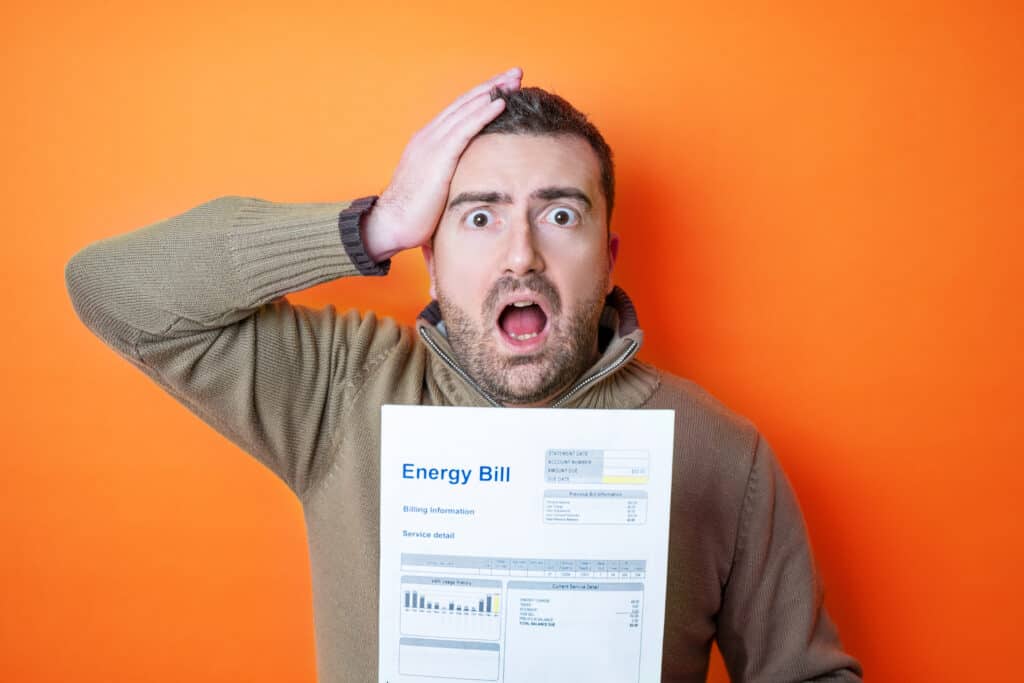CenterPoint Energy Faces Scrutiny After Hurricane Beryl
Written by: Enri Zhulati
July 30, 2024
HOUSTON — CenterPoint Energy, the primary electric utility serving the Houston area, faces intense scrutiny and potential regulatory action following widespread power outages caused by Hurricane Beryl in July 2024.
The storm, which left over 2.6 million Texans without electricity for days, has exposed significant vulnerabilities in the state’s power distribution infrastructure.
Governor Greg Abbott has demanded a comprehensive plan from CenterPoint Energy detailing how it intends to protect power supplies during what meteorologists predict will be an active hurricane season.
Meanwhile, the Public Utility Commission of Texas (PUC) has investigated the company’s storm preparedness and response.
As part of this investigation, the PUCT is actively seeking input from Houston-area customers about their experiences with power outages during the May 2024 derecho and Hurricane Beryl.
The PUCT has created a brief questionnaire, available in English and Spanish, that takes approximately five minutes to complete.
PUCT Executive Director Connie Corona emphasized the importance of this feedback, stating, “The most important people in our investigation into the preparedness and response to these devastating storms are the Texans who experienced these storms firsthand. We want to hear whether you lost power during these storms. The information you provide will guide us in making changes to prevent future disasters of this scope.”
This initiative comes in the wake of significant power disruptions. Nearly one million Texans lost power in May 2024 following the derecho, while Hurricane Beryl left over 2 million people without power in July, with many experiencing outages for days despite the storm only being a Category 1.
The PUCT’s investigation, directed by Governor Greg Abbott, aims to assess utilities’ preparedness and response to extreme weather events in Houston. Their findings and recommendations are due by December 1, 2024.
In a July 25 meeting with the PUC, CenterPoint CEO Jason Wells apologized to customers and outlined plans to improve communications and strengthen infrastructure protection.
These plans include increased vegetation management, the launch of a new power outage tracker, and hiring additional emergency response personnel.
However, these improvements come with a hefty price tag. CenterPoint estimates Hurricane Beryl caused between $1.2 billion and $1.3 billion in damage to its electricity infrastructure.
The company has indicated that these costs will likely be passed on to consumers, potentially resulting in a 2% increase in electricity bills for the next 15 years.
The situation has reignited debates about grid resilience and utility accountability in Texas.
While much attention was focused on generation capacity following the 2021 winter storm, Hurricane Beryl has underscored the critical importance of a robust distribution infrastructure.
The outcome of the current investigations and CenterPoint’s response could significantly impact electricity rates and reliability across the state.
At ComparePower, we’re committed to helping Texans make informed decisions about their electricity providers.
While we can’t control the weather or utility responses, we can provide the tools to compare plans and providers, ensuring you have the best options for your energy needs.









